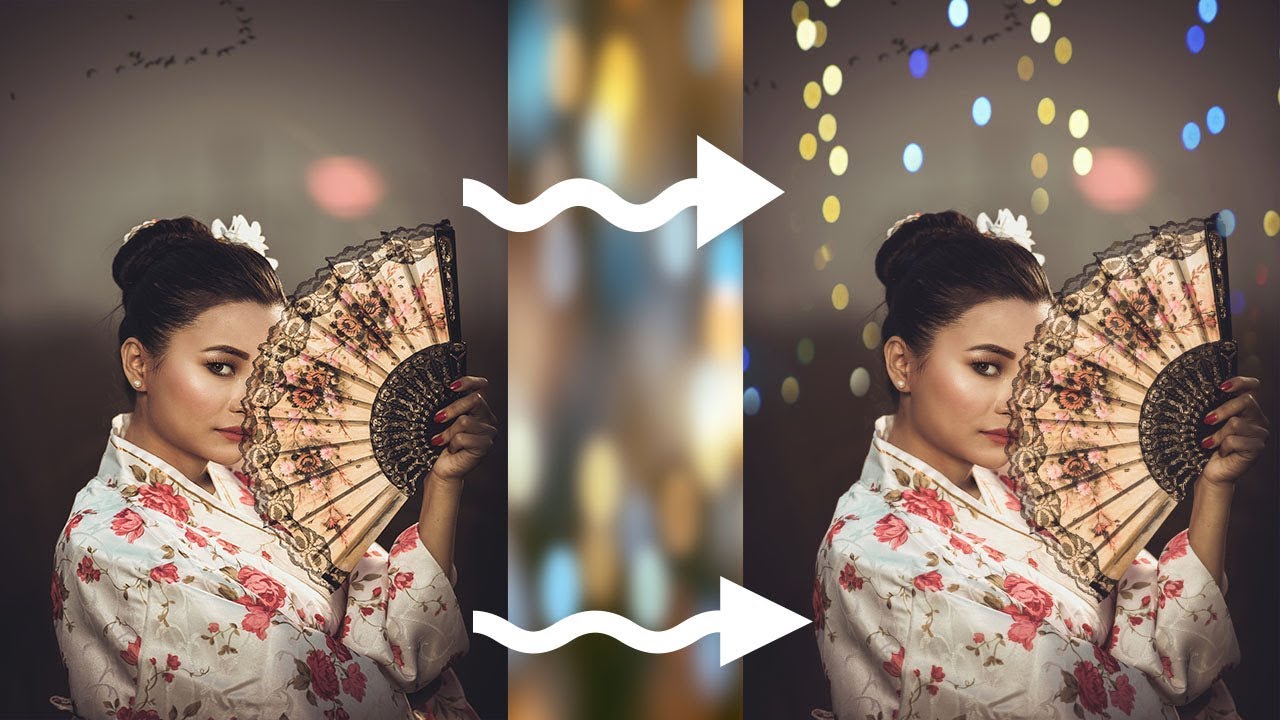In the world of photography, bokeh refers to the aesthetic blur or out-of-focus area of an image, typically caused by a large aperture or a DSLR lens. In recent years, photographers have also begun to use “fake” bokeh, which is created using digital editing software like Adobe Photoshop CC. In this article, we’ll explore how to add fake bokeh to your photos using Photoshop CC.
To begin, open your image in Photoshop CC and take a good look at the areas you want to add fake bokeh to. It’s usually wise to select areas that are out of focus or have a natural bokeh effect, such as the background of a portrait or landscape. You can use the Marquee Tool to select the area you want to work on, or simply use the Select and Mask workspace in the navigation panel.
Once you’ve selected the area, go to the “Layers” panel and create a new layer by pressing Ctrl+Shift+N (or Command+Shift+N on a Mac). This new layer will serve as a replica for the area you’ve selected. Name this layer “Bokeh” for reference purposes.
Next, open the “Filter” panel and navigate to “Blur” > “Gaussian Blur”. Adjust the settings according to your desired level of bokeh, taking into account factors such as the overall look and feel of your image, as well as the size and angle of the area you’re working on. You can also experiment with different blur settings, such as the “Field Diagonal” or “Fix Blur” options, to achieve a more natural look.
Once you’ve applied the desired amount of blur, use the “Brush” tool to further refine the bokeh effect. To do this, simply release the mouse button while holding the Shift key, then re-select the “Bokeh” layer. This will allow you to paint and manipulate the blur effect with precision.
If needed, you can then fine-tune the bokeh using other Photoshop tools, such as the “Layer Styles” and “Adjustments” workspaces. These tools can help you adjust the brightness, contrast, and color balance of the bokeh area, further enhancing its appearance.
When you’re satisfied with the results, take a good look at the entire image to ensure that the bokeh effect looks natural and cohesive. If necessary, make adjustments as needed, until the fake bokeh seamlessly integrates with the rest of the image.
In conclusion, adding fake bokeh to

